How to control an LED strip?
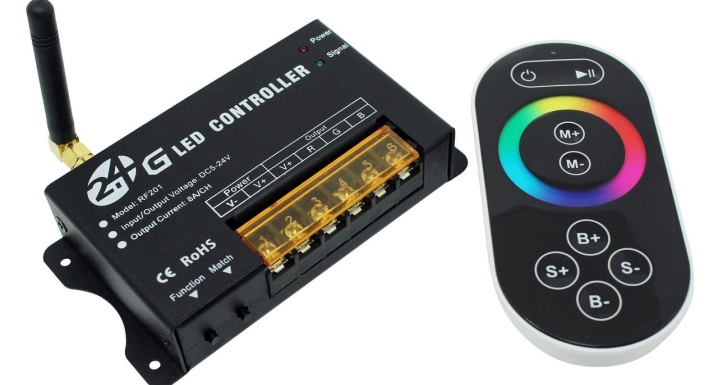
Many people will find it helpful to know how to operate an LED strip. Usually, the LED strip is controlled from the phone and from the computer via Wi-Fi. HThere are other ways to control the brightness of color LED backlighting that are also worth exploring.
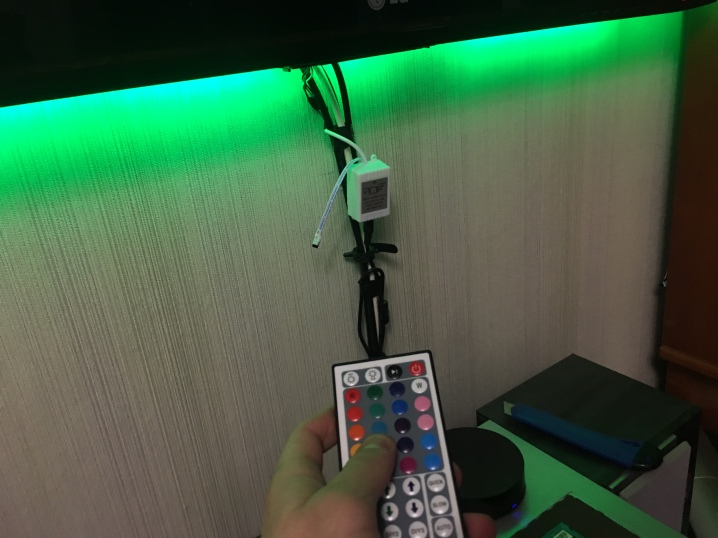
Remotes and blocks
The work of a backlit LED strip can only be effective with proper coordination. Most often, this problem is solved using a special controller (or dimmer). An RGB control device is used for the corresponding type of tape. This option allows you to choose a harmonious shade of the glow. You can influence not only the color of the colored tape, but also the intensity of the luminous flux. If you use a dimmer, you will be able to adjust only the light power, and its color will remain unchanged.
By default, when connecting with a cable, you will have to press the buttons located on the system case. In another version, you will have to use a remote control panel.
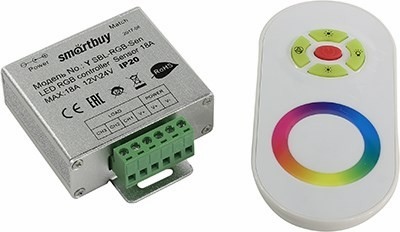
This method is especially convenient for remote control. The remote control and special controller can be included in the delivery set or purchased separately.
The way RGB controllers work can vary markedly. So, some models regulate the choice of shade at the discretion of the users themselves. Others are designed to adjust the color to suit a particular program. Of course, advanced devices combine the two and allow for program variations. This method is useful if the ribbon decorates:
- premises;
-
facade;
-
different parts of the terrain (but the controllers also do a good job with color and music modes).

Controlled from your phone and computer
Connecting an LED strip to a computer is quite reasonable if you need to illuminate the computer itself or the table. Connecting to a power supply eliminates the need for step-down transformers, which would be needed when powered by a home mains. Most often, the module is designed for 12 V.
Important: for use in an apartment, tapes with moisture protection at the 20IP level should be used - this is quite enough, and more expensive products are not needed.
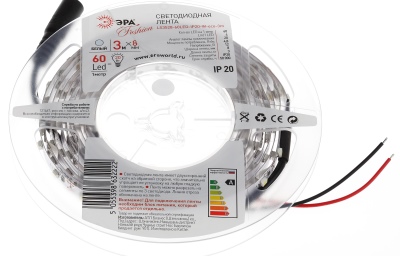
The most practical designs are SMD 3528. Start by looking for free molex 4 pin connectors. For 1 m of the structure, there must be 0.4 A of current. It is supplied to the cell using a yellow 12-volt cable and a black (ground) wire. The required plug is often taken from SATA adapters; the red and additional black cables are simply nibbled off and insulated with heat shrink tubing.
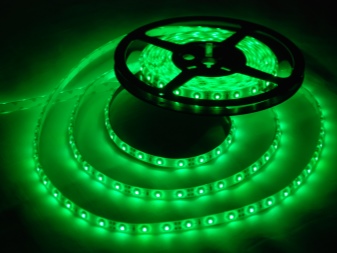
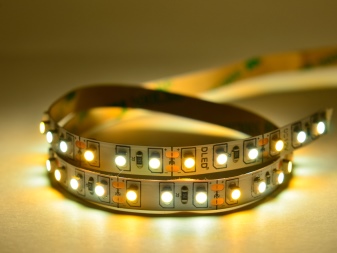
All surfaces where the tapes are mounted are wiped with alcohol. This removes dust and fat deposits. Before gluing the tape, the protective films must be removed. The wires are interconnected, observing the color sequence. But you can also control the light from a computer using an RGB controller.
Multi-color diodes are connected with 4 wires. The remote control can be used in conjunction with the controller. The standard circuit is designed, again, for a 12 V supply. For the assembly to go better, it is necessary to use collapsible connectors.
The polarity should be observed in any case, and in order to use the system more conveniently, a switch is added to the system.
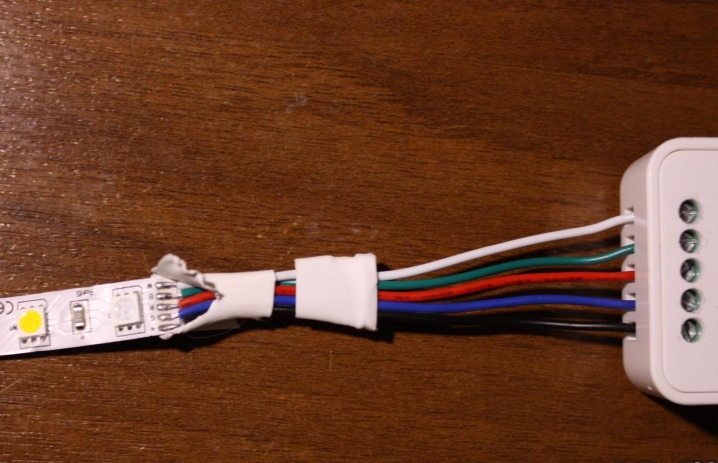
There is another option - coordination of the system via Wi-Fi from the phone. In this case, use the Arduino connection method. This approach allows:
-
change the intensity and speed of the backlight (with gradation until it is completely turned off);
-
set stable brightness;
-
enable fade without running.

The required sketch code is selected from a variety of ready-made options. At the same time, they take into account what specific type of glow should be provided using the Arduino. You can easily program arbitrary actions for each command. Please note that sometimes multi-character commands are not transmitted from telephones. It depends on the work modules.
Wi-Fi systems must be connected taking into account the maximum load and the rated tape current. Most often, if the voltage is 12V, a 72-watt circuit can be powered. Everything must be connected using a sequential system. If the voltage is 24 V, it becomes possible to raise the electricity consumption to 144 W. In such a case, a parallel version of the execution would be more correct.
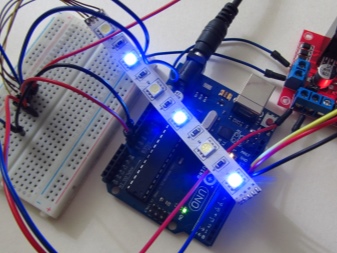

Touch control
A modular switch can be used to manipulate the brightness and other characteristics of the diode circuit. It works both manually and with an infrared remote control.
Since the control loop is very responsive, it is important to avoid unnecessary touching with your hands, even around the perimeter. This can be perceived as a command.

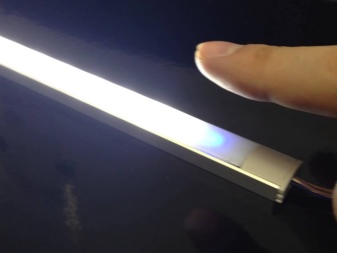
In some cases, light sensors are used. Motion sensors are an alternative. This solution is especially good for large dwellings or for occasionally visited premises. The adjustment of the sensors can be carried out individually according to the user's requirements. Of course, the general features of the premises and other lamps are taken into account.
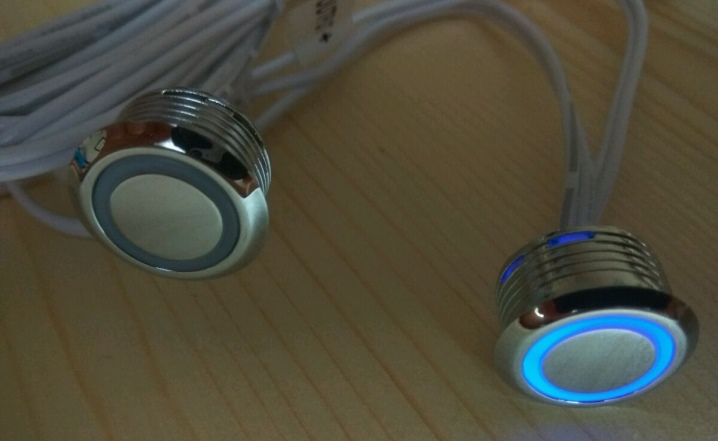













The comment was sent successfully.